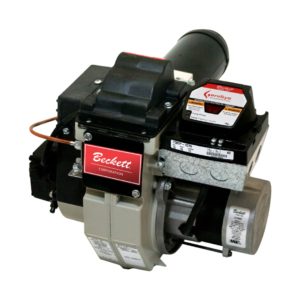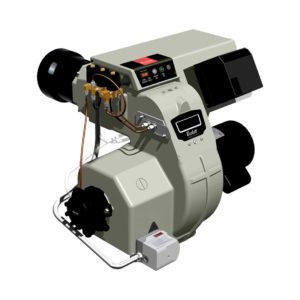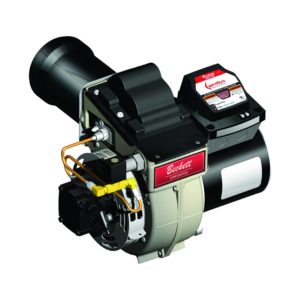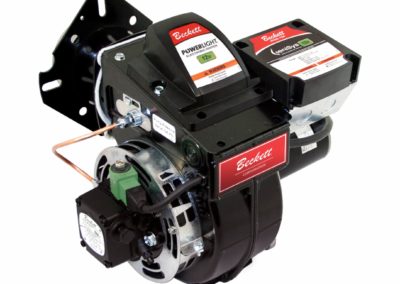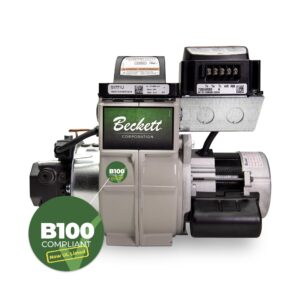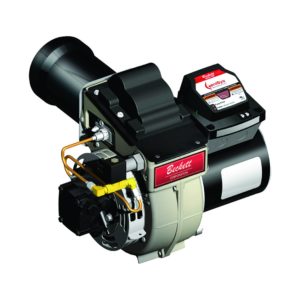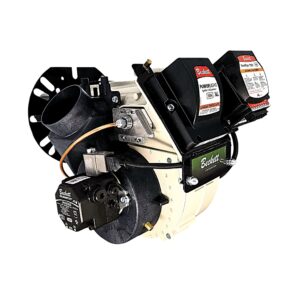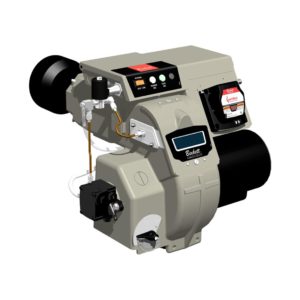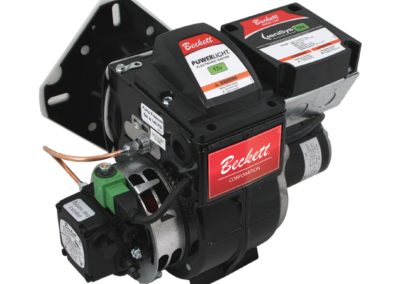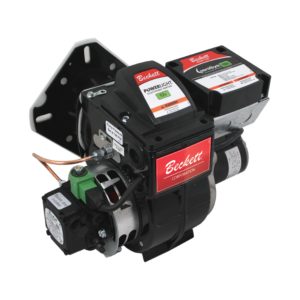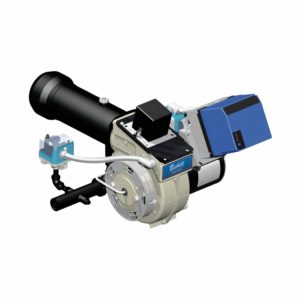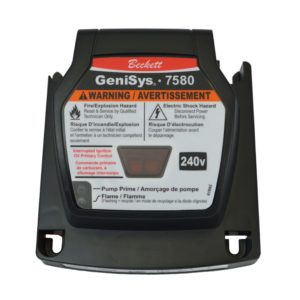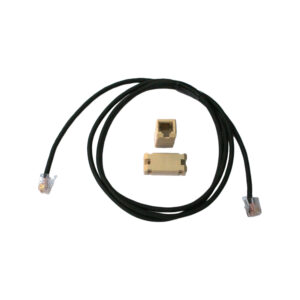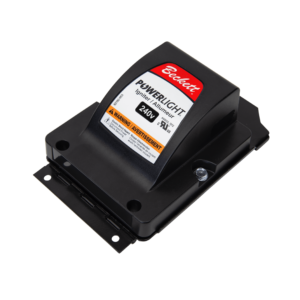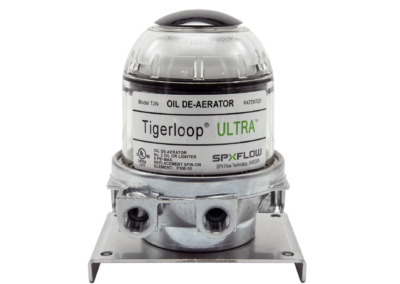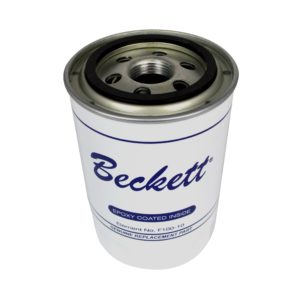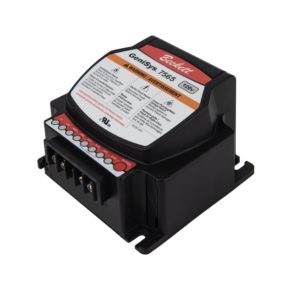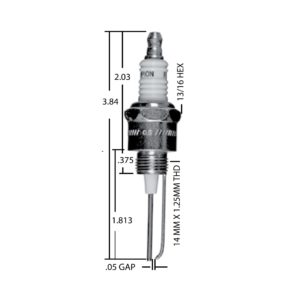Most servicemen have personal strategies that work effectively for them. Results count, so use what methods you find effective. To help you, we have developed the following simplified procedure based on what many servicemen use.
EQUIPMENT
To diagnose burner malfunctions expertly, the service technician must have adequate equipment. We recommend that you have:
- An electrical test meter that can measure VOLTS, OHMS, and AMPS;
- An ignition transformer tester;
- A combustion analyzer kit to measure oxygen or carbon dioxide, smoke, stack temperature, draft and system efficiency;
- A pressure/vacuum gauge with a scale for 0-200 PSIG and 0-30″ Hg.;
- A full assortment of standard hand tools.
Now let us look at a typical NO HEAT CALL. Listen carefully to the homeowner when you arrive. Sometimes you can benefit from this account of what might be wrong. Now, let us outline the fundamental steps to follow.
Preliminary Items that Must be Checked Before Proceeding
- Check the oil level in the supply tank.
- Make sure all valves in the oil lines are open.
- Examine the combustion chamber for an excessive accumulation of unburned oil and restore to a safe condition before firing the burner.
- Measure the line voltage at the primary control input connections. (CAUTION: When testing electrical equipment, always observe standard electrical safety procedures.) You should have nominal 120 volts. (Lower than 105 volts AC may cause operating problems.) If there is no reading, check for open switches or circuit breakers in the supply line.
- Determine that the room thermostat or other controlling device is calling for burner operation.
- Remove the primary control cover and observe the safety reset switch to see if it is “locked-out”. The red switch is in the UP position if it is “on safety”. Only AFTER you have made these mandatory checks should you proceed. Many times you will find the problem in these steps. If not, proceed as follows:
Procedure for Determining the Cause for Malfunction
-
- Disconnect the nozzle line connector tube and reposition it so that it will deliver oil into a container. Tighten the flare nut at the pump discharge fitting.
- You are now ready to reset the primary control safety switch, if it is locked out, or to turn the power ON if that is the case. BE EXTREMELY ALERT to observe the immediate response of the:
- Contact action of primary control relay. Does it pull in promptly without arcing erratically or chattering?
- Motor operating characteristics. Does the motor pull up quickly and smoothly? Listen for the RPM change and audible “click” as the centrifugal switch disconnects the start (auxiliary) winding.
- Ignition arc. You should be able to hear the ignition arc buzzing. If not, test output voltage of transformer. If below 9,000 volts, replace it.
- Quality of oil delivery. You must have an immediate clear, steady stream. A white, frothy delivery means air in the supply system, and this must be corrected. No delivery could mean severe restriction, loss of prime or a defective fuel unit.
The emphasis here is upon being alert and carefully monitoring all of these itemized areas and any others for the system failure. Usually, you will be able to quickly discern the problem by following the above-mentioned guidelines.
Additional measures to pursue if the source of failure is not revealed.
Reconnect the nozzle line fittings to prepare the burner for a fire test.
Reset the primary control if necessary and observe the overall performance again with concentration on the light-off characteristics. Run several cycles. Observe the flame quality. Use a flame mirror if possible and see if the flame base is stable and close to the combustion head. Is the flame centered, uniform in shape and relatively quiet in operation? Are the head and chamber free of carbon formations or impingement? Sometimes a defective or partially plugged nozzle can be a source of trouble.
If you still have not found the problem, again run through the above procedures. It may take several cycles to identify the cause if the failure is random in nature. By establishing a logical sequence of check points, you can reduce the time required to satisfactorily resolve NO HEAT CALLS.




